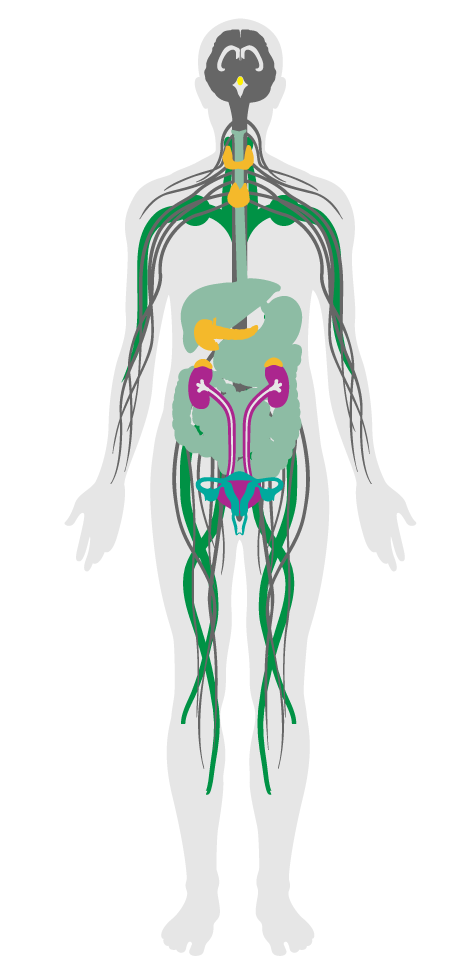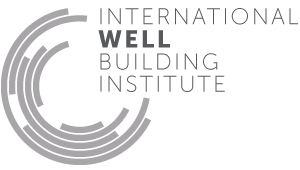Organic contaminants
32. Organic contaminants
Organic contaminants pose serious threats to human health. They have been associated with an increased risk for cancers and a variety of other adverse health effects. Organic contaminants in surface and ground water come from both natural and man-made sources, including industrial activities that inadvertently add chemical runoff into water sources.
This feature sets maximum safety limits for organic contaminants like polychlorinated biphenyls (PCBs), benzene and styrene. Activated carbon filters are effective in removing these and other harmful chemical substances, but they cannot effectively eliminate microorganisms.
Water from all kitchen faucets and drinking fountains, if present, meets the following requirements:

Applicability Matrix
| Core & Shell | Tenant Improvement | New Construction | |
|---|---|---|---|
| Part 1: Dissolved Metals | P | P | P |
| Commercial Kitchen | Schools | Multifamily Residential | Restaurant | Retail | |
|---|---|---|---|---|---|
| Part 1: Dissolved Metals | P | P | P | P | P |
Verification Methods Matrix
| Letters of Assurance | Annotated Documents | On-Site Checks | |
|---|---|---|---|
|
PART 1 (Performance) Dissolved Metals |
Performance Test |
| 32.1.b |
The California Environmental Protection Agency regulates Benzene in drinking water to a Maximum Contaminant Level set at 0.001 mg/L. |
| 32.1.c |
The California Environmental Protection Agency regulates Ethylbenzene in drinking water to a Maximum Contaminant Level of 0.3 mg/L. |
| 32.1.f |
The California Environmental Protection Agency regulates Toluene in drinking water to a Maximum Contaminant Level set at 0.15 mg/L. |
| 32.1.a |
The California Office of Environmental Health Hazard Assessment and the California EPA set a public health goal of Styrene in water at 0.5 µg/L. |
| 32.1.g |
The WHO Guidelines for Drinking Water Quality set a guideline value for Xylene concentrations at 0.5 mg/L. |
| 32.1.d |
The EPA's Drinking Water Standards and Health Advisories set a Maximum Contaminant Level for Polychlorinated biphenyl concentrations at 0.0005 mg/L. |
| 32.1.e |
The EPA's Drinking Water Standards and Health Advisories set a Maximum Contaminant Level for Vinyl Chloride at 0.002 mg/L. |
| 32.1.h |
The EPA's Drinking Water Standards and Health Advisories set a Maximum Contaminant Level for Tetrachloroethylene concentrations at 0.005 mg/L. |
